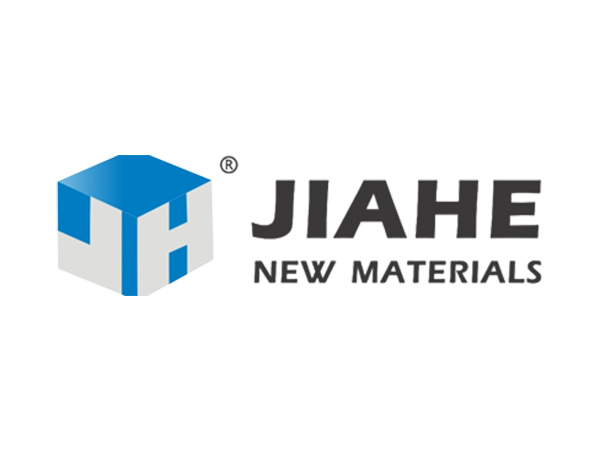Rubber products are ubiquitous in daily life and industrial settings, from car tires and door seals to yoga mats and industrial hoses. However, a common drawback of these products is the strong, unpleasant odor they emit—often caused by residual chemicals from the rubber vulcanization process, such as sulfur compounds, or volatile organic compounds (VOCs) released from additives. This odor not only affects indoor air quality but can also cause discomfort, such as headaches or respiratory irritation, for people exposed to it long-term. Fortunately, rubber odor neutralizers offer an effective solution to this problem.
Unlike ordinary air fresheners that merely mask odors with fragrances, rubber odor neutralizers work by targeting the root cause: they break down odor-causing molecules at a chemical level. Most high-quality neutralizers contain active ingredients like plant-based enzymes, natural oils (such as citrus or pine), or non-toxic chemical agents that react with volatile odor compounds. These reactions transform harmful, smelly molecules into harmless, odorless substances—such as water or carbon dioxide—rather than just covering them up. This ensures a long-lasting odor elimination effect instead of a temporary fix.
Rubber odor neutralizers find wide applications across various industries. In the automotive sector, they are used to treat rubber components like tires, gaskets, and interior mats, improving the in-car air quality for drivers and passengers. In the home, they are applied to rubber products such as yoga mats, shoe insoles, or children’s rubber toys, making these items safer and more pleasant to use. In industrial settings, large-scale neutralizer systems are installed in rubber manufacturing plants to purify the air, protecting workers’ health and complying with environmental regulations.
Another advantage of modern rubber odor neutralizers is their environmental friendliness and safety. Most products are free of harsh chemicals like formaldehyde or heavy metals, so they do not damage rubber materials or pose risks to human health. They are also easy to use: many come in spray bottles for direct application on rubber surfaces, while industrial versions are integrated into ventilation systems for continuous odor control.
As consumers and industries increasingly prioritize air quality and health, the demand for rubber odor neutralizers continues to grow. With ongoing advancements in formula development—such as more efficient, fast-acting ingredients—these products will play an even more important role in making rubber products safer, more comfortable, and more environmentally friendly in the future.


